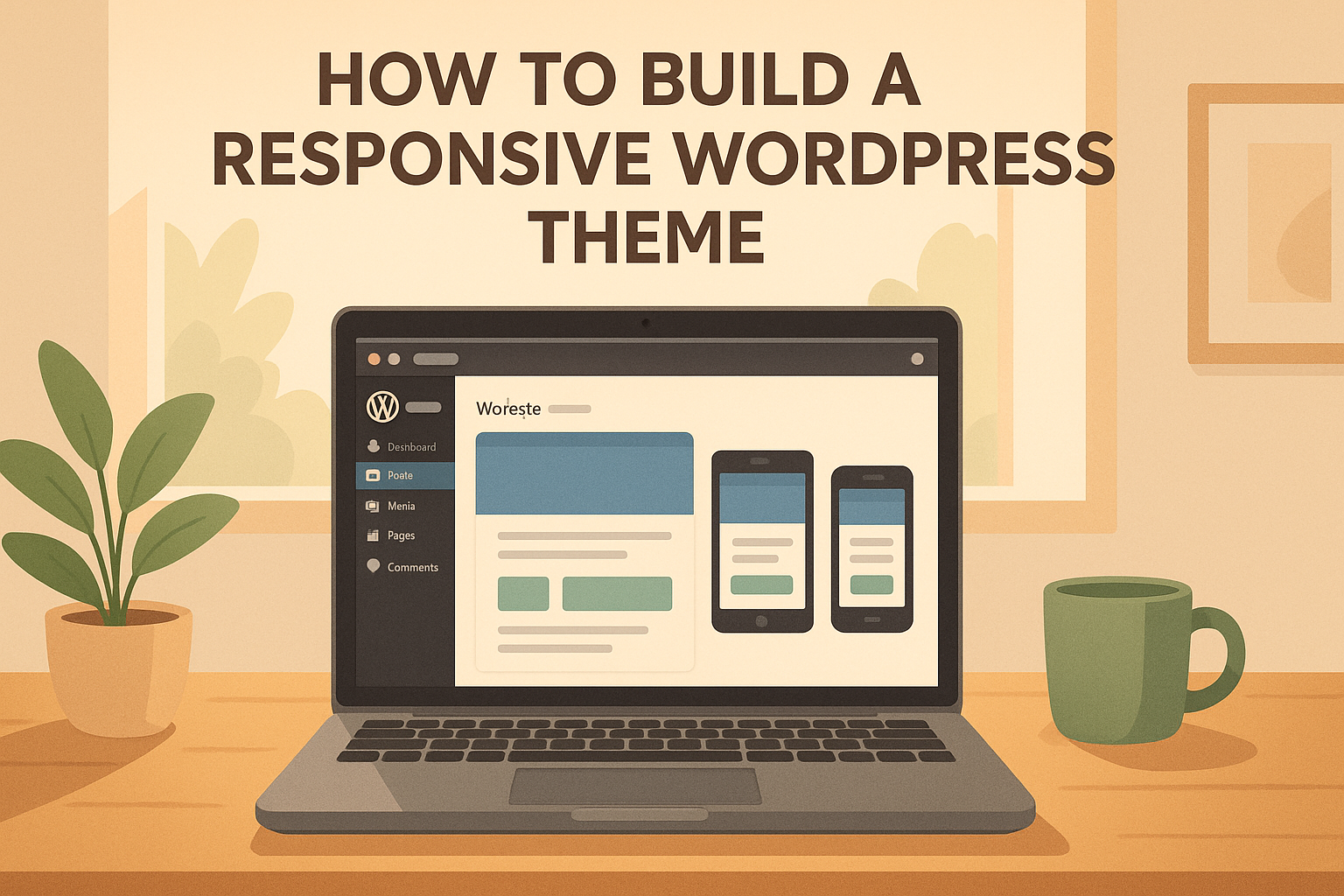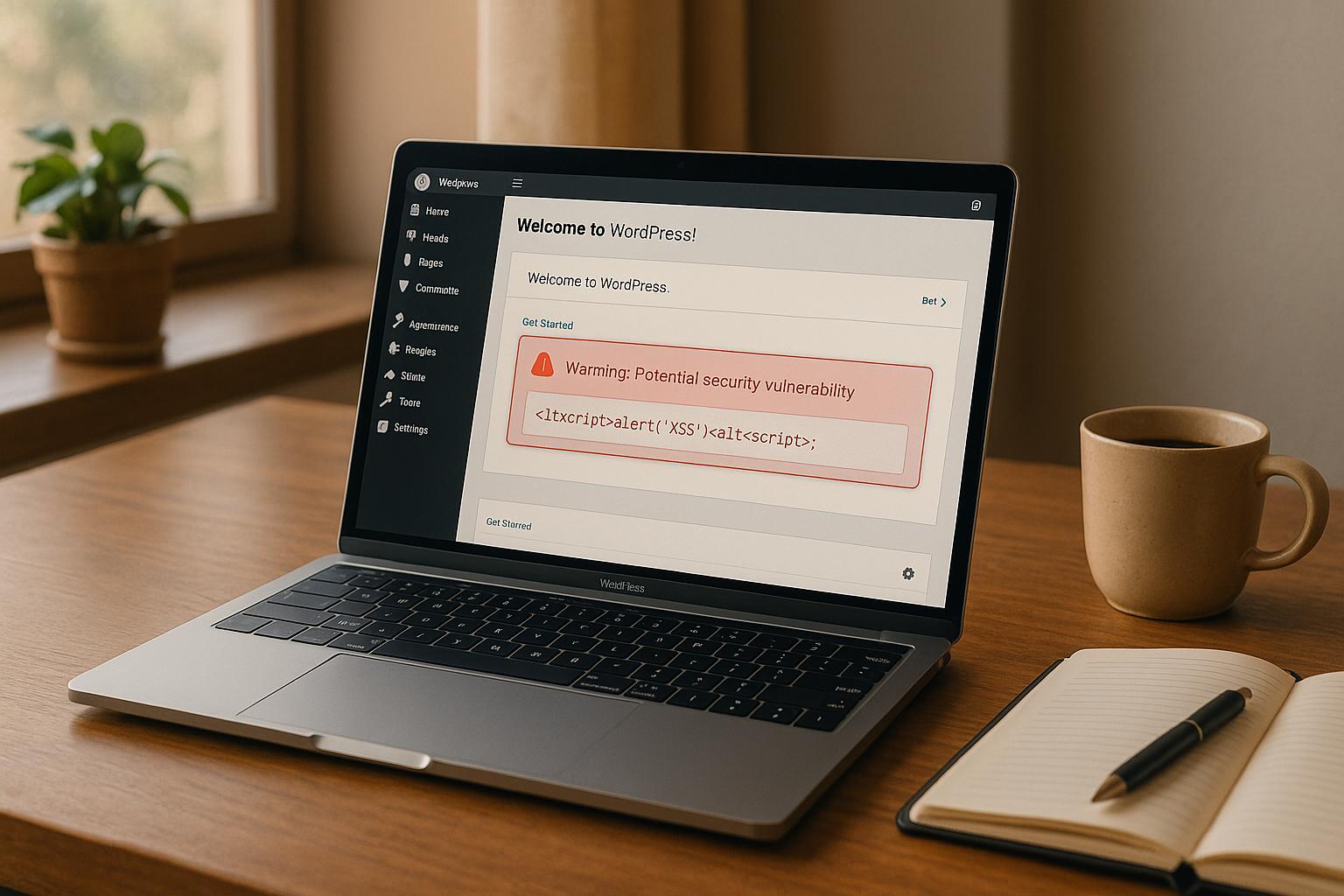If you’ve decided that you will be moving your website to the WordPress platform, you’re making a good choice. WordPress is one of the most trusted content management systems (CMS) around today and migrating your website is easier than you might think.
If you’re currently using another CMS like Joomla or Drupal, you may be able to use a plugin or addon to move the majority of your information over. If you’re not sure if your current CMS falls into this category, check the WordPress list of migration tutorials.
Migrating a static website or the likes of Squarespace and Wix to WordPress can be a little more tricky and if you aren’t tech-savvy, you may require the help of a professional. If so, have a look at our WordPress migration service here.
Why Migrating aWebsite to WordPress Makes Sense
There are several reasons why designers, developers and business owners choose to transfer a website to WordPress.
- User-Friendly Interface. WordPress provides an intuitive and user-friendly content management system (CMS). Its interface is easy to navigate, making it accessible to users with varying levels of technical expertise.
- Extensive Theme Options. The vast library of themes will allow you to customize the look and feel of your website.
- Plugin Library. WordPress plugins make it possible to add advanced functionality to your site and there are thousands to choose from. Whether you need SEO tools, e-commerce capabilities, social media integration, or other features, there’s a plugin that will meet your needs.
- SEO-Friendly. WordPress is inherently SEO-friendly, and it provides features and plugins that make it easier to optimize your content for search engines. This can contribute to better search engine rankings and increased visibility.
- Responsive Design. Many WordPress themes are designed to be responsive, ensuring that your website looks good and functions well on various devices, including desktops, tablets, and smartphones.
- Scalability. WordPress is highly scalable, making it suitable for small blogs, large enterprise websites, and everything in between. As your website grows, WordPress can accommodate increased content and traffic.
- Content Management. WordPress is primarily known as a content management system, and it excels at organizing and managing different types of content. The platform makes it easy to create, edit, and publish content, whether it’s text, images, videos, or other media.
- Community Support. WordPress has a large and active community of developers, designers, and users. This community support can be valuable when you encounter issues, need advice, or want to extend the functionality of your site.
- Regular Updates and Security. Your site will receive regular updates to address security vulnerabilities and improve functionality. Keeping your WordPress installation, themes, and plugins up to date helps ensure a more secure website.
- Cost-Effectiveness. WordPress itself is free, and many of its themes and plugins are also available at no cost. This can make it a cost-effective solution compared to custom-built websites.
- Integration with Third-Party Tools. With WordPress, you can easily integrate with a wide range of third-party tools and services.
Migrating a Website to WordPress: Creating a Plan
When you transfer a website over, WordPress will sort things into posts and pages, so you may want to start thinking of your content in terms of this. You can also go one step further and allocate tags and categories to pages and posts.
Here is what you should consider when planning your migration to WordPress:
- Organise your content. As mentioned above, make a note of all the content on your site and decide whether it should be added as a page or post and under what category or tag. You can also plan out your menu during this time so that everything is ready to be organised on your new site.
- Choose a web hosting service. If it doesn’t already, your hosting environment must have PHP and MySQL available. If you currently receive a lot of traffic to your site, opt for dedicated instead of shared hosting. If you’re unsure what you require, feel free to ask what hosting do you need for your WordPress site here.
- Don’t forget about SEO. As you plan your content, it’s best to capture your metadata too. This way, you can insert everything manually should it not transfer over correctly. If your current website has custom URLs, be sure to install a redirection plugin to manage them post-migration or setup specific permalinks to suit. If you’re also changing your domain name, there are other considerations to take into account.
- Select a theme. Before you take your website over to WordPress, select a theme that meets your needs. There are thousands of themes available for different types of businesses and industries. Take your time to choose a theme with good reviews, support and excellent functionality. Premium themes tend to offer more customisation options and will give you access to better support too. You can also opt for a completely unique custom-built theme should you require. Anything is possible in WordPress.
- Find a backup and security plugin. To ensure that your site is always protected, install a WordPress backup and security plugin as soon as you can. Again, there are a few options to choose from but it’s always best to go with plugins that are updated regularly and that offer good support. Read our Essential WordPress Plugin list.
Executing Your Website Migration
While it’s highly recommended that you get a professional to assist you with migrating a website to WordPress, here are the basic steps that you will need to follow.
- Backup your website. Do not skip this step! Make sure that you have a secure backup of your existing site.
- Select a Good WordPress host. It’s important to select a hosting company that provides quality WordPress hosting that’s optimised for speed, security and reliability. Click here for some options on great WordPress hosting.
- Install WordPress. Next, install WordPress – many hosting providers offer one-click installation options via the cPanel.
- Add a maintenance page. To make sure that customers are seeing a page related to your brand and know how to get in touch with you, install a maintenance page plugin, add the necessary details and activate it.
- Disable search engine visibility. Until you organise your website, it’s best to stop search engines from accessing your website. Only do this if you haven’t pointed your domain name to the new hosting whilst you migrate your site.
- Bring your content over. Now you can start importing your content from your previous CMS or other systems. The official WordPress codex offers some helpful information on how to do this. If you’re moving content over manually, this is going to be the copy-paste portion of the process.
- Arrange your content. Next, you can start structuring and organising your content into pages, posts and categories.
- Install the necessary plugins. If you want to activate specific functionality on your website, you can start installing all the essential plugins you’ll need, including anti-spam, content forms, backup and security plugins.
- Create a sitemap. If you will be using Google Search Console (highly recommended), you will need to submit a sitemap. The Google XML Sitemap is a good tool to use for this. You can also use Yoast SEO and others.
- Test your site. To ensure users can successfully access your site from any device, test the speed of your site and run it through Google’s mobile testing tool. Test, test and test again.
- Take your site live. Once you are ready to take your website live, enable search engine visibility and take down the maintenance screen. Spend time going through your site to make sure everything is working correctly before you start marketing your new website.
How Website Migration Impacts SEO
Migrating a website to WordPress can have both positive and negative impacts on SEO, depending on how the migration is executed.
Positive impacts may include:
- Improved Site Speed: WordPress offers various plugins and optimisation options that can enhance site speed, a crucial factor for SEO.
- Mobile Responsiveness: Many WordPress themes are mobile-friendly, which can improve user experience and positively affect SEO rankings.
- SEO Plugins: WordPress has an abundance of SEO plugins like Yoast SEO and All in One SEO Pack, which can help you optimise your content, meta tags, and other SEO elements more efficiently.
- Structured Data Integration: WordPress makes it easier to integrate structured data markup, which can enhance search engine visibility through rich snippets and other SERP features.
Negative impacts may include:
- URL Changes: If your URLs change during the migration and proper redirects aren’t implemented, it can lead to broken links and loss of SEO equity.
- Content Structure: If content is not migrated properly, it may affect the site’s internal linking structure and keyword relevance, which will also impact your search rankings.
- Duplicate Content: WordPress can sometimes create duplicate content issues, especially if not properly configured or if multiple URLs serve the same content.
- Plugin Overload: Overuse of plugins can bloat the site and slow down performance, negatively impacting SEO.
By carfully planning and executing your migration to WordPress, with proper attention to SEO best practices, you can improve your rankings as well as the performance of your site.
In Closing
WordPress is definitely one of the most versatile CMS options available today. It’s very rare for website owners to move to another platform after using WordPress.
It is recommended that you be familiar with content management systems before you go ahead and migrate your website. Click here if you require WordPress migration assistance.







